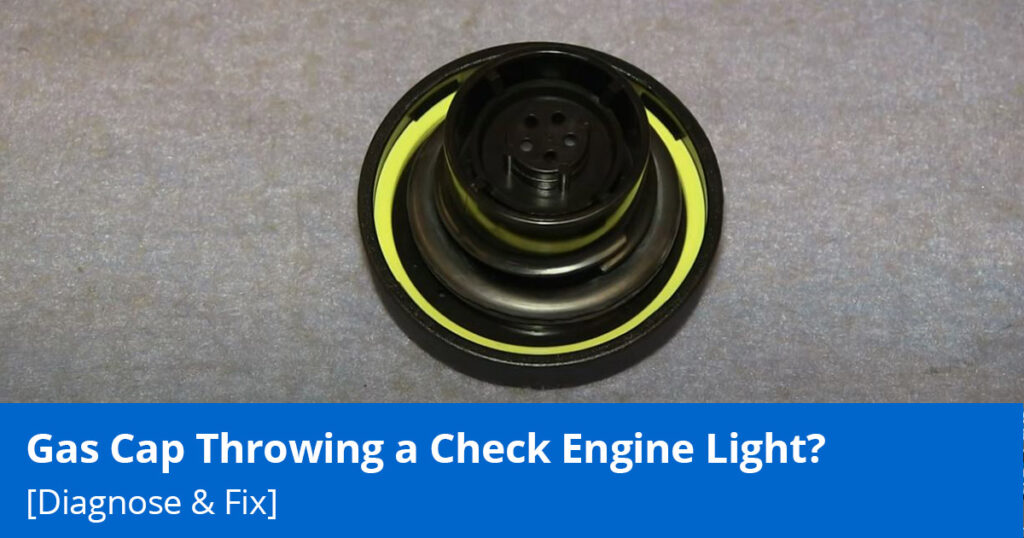Will Loose Gas Cap Cause Check Engine Light
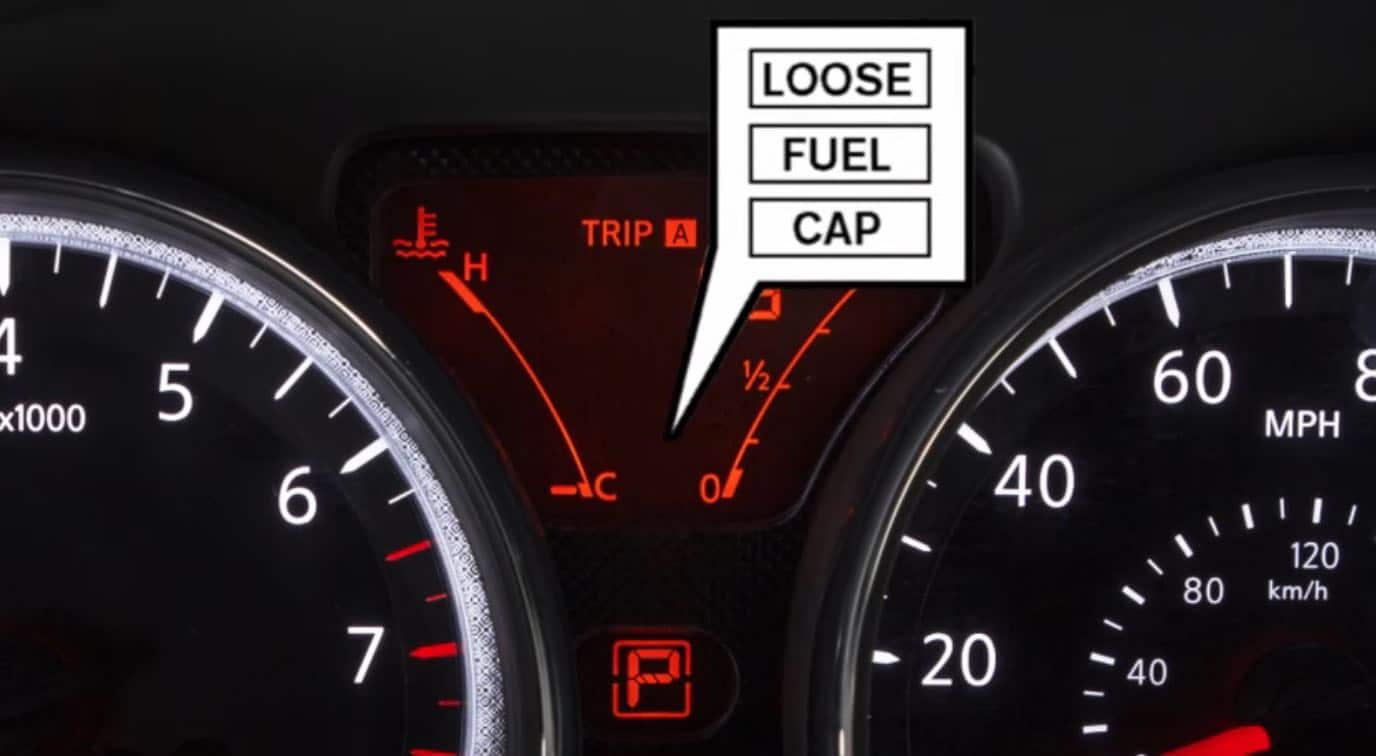
The sun beat down on Sarah's dusty sedan as she filled up at the local gas station. A quick, almost absentminded twist of the gas cap, and she was off, humming along to her favorite tune. A few days later, a bright yellow light glared back at her from the dashboard – the dreaded check engine light. Panic set in. Had she neglected some vital maintenance? Was her beloved car about to breathe its last? Could something as simple as a slightly loose gas cap really be the culprit?
The check engine light (CEL) illuminating your dashboard can be an unnerving experience. While it often signals serious mechanical issues, a surprising and common cause is a loose or faulty gas cap. This seemingly insignificant component plays a crucial role in your vehicle's emissions system, and a small leak can trigger a chain reaction that alerts your car's computer.
The Humble Gas Cap: More Than Meets the Eye
Many drivers view the gas cap as a simple, utilitarian object, responsible only for preventing fuel from sloshing out of the tank. Its actual function is much more sophisticated than that. The gas cap is a critical part of your car's evaporative emissions control (EVAP) system.
This system is designed to prevent harmful gasoline vapors from escaping into the atmosphere. These vapors contribute to smog and air pollution, and vehicles are legally mandated to control them.
The EVAP system works by capturing fuel vapors, storing them temporarily, and then purging them into the engine to be burned during normal operation. A properly sealed gas cap is essential to maintain the pressure within the EVAP system.
How a Loose Gas Cap Triggers the Check Engine Light
When the gas cap isn't properly tightened or is damaged, it creates a leak in the EVAP system. This leak allows fuel vapors to escape into the atmosphere, which throws off the pressure balance within the system.
Your car's onboard computer, also known as the Engine Control Unit (ECU), constantly monitors the EVAP system. When it detects a pressure drop outside of the acceptable range, it interprets this as a potential emissions problem.
In response, the ECU illuminates the check engine light to alert the driver to the issue. The specific error code triggered by a loose gas cap is often P0440, P0442, P0455, or similar codes related to EVAP system leaks.
"The check engine light is your car's way of telling you something isn't quite right," says John Davis, a certified mechanic at a local auto repair shop. "While it can indicate a major problem, it's often something simple like a loose gas cap. It's always worth checking that first."
The Significance of the EVAP System
The EVAP system is not just about preventing annoying gasoline smells. It plays a vital role in reducing harmful emissions and protecting the environment.
According to the Environmental Protection Agency (EPA), vehicle emissions are a significant contributor to air pollution, especially in urban areas. The EVAP system helps to reduce these emissions by preventing the release of volatile organic compounds (VOCs) into the atmosphere.
These VOCs contribute to the formation of ground-level ozone, a major component of smog that can cause respiratory problems and other health issues. A properly functioning EVAP system helps to minimize the impact of vehicles on air quality.
Troubleshooting and Solutions
If your check engine light comes on and you suspect a loose gas cap, the first step is to check the cap itself. Remove the gas cap and inspect it for any cracks, damage, or wear on the rubber seal.
If the cap appears to be in good condition, re-tighten it carefully, making sure you hear it click several times. Many gas caps are designed to click when they are properly sealed.
After re-tightening the gas cap, it may take a few days or several driving cycles for the check engine light to turn off on its own. Your car's computer needs time to re-evaluate the EVAP system and verify that the leak has been resolved.
Clearing the Check Engine Light
If the check engine light doesn't turn off after a few days, you have a couple of options. The first is to visit a mechanic who can use a scan tool to read the error code and clear the light.
Many auto parts stores also offer free code scanning services. They can read the code and tell you if it is indeed related to the EVAP system.
You can also purchase your own OBD-II scanner, which plugs into your car's diagnostic port and allows you to read and clear error codes yourself. These scanners are relatively inexpensive and can be a useful tool for diagnosing common car problems.
When It's More Than Just a Gas Cap
While a loose gas cap is a common cause of the check engine light, it's not the only possibility. Other potential causes include a faulty gas cap (even if it looks okay), a damaged fuel filler neck, a leak in the EVAP system hoses, or a malfunctioning EVAP system component.
If you've tightened the gas cap and the check engine light persists, it's best to consult a qualified mechanic. They can perform a thorough inspection of the EVAP system to identify the root cause of the problem.
Ignoring a check engine light, even if you suspect it's just a gas cap, can lead to more serious problems down the road. A persistent leak in the EVAP system can damage other components and affect your car's fuel efficiency.
Preventative Measures
To avoid the hassle of a check engine light caused by a loose gas cap, it's a good habit to develop some simple preventative measures. Always make sure to tighten your gas cap properly after refueling.
Listen for the clicks that indicate it's securely sealed. Periodically inspect the gas cap for any signs of damage or wear. Replace the gas cap if you notice any cracks, tears, or a loose seal.
Consider replacing your gas cap every few years as part of your routine car maintenance. A new gas cap is a relatively inexpensive investment that can save you from potential headaches and emissions issues.
The Environmental Impact of Responsible Car Ownership
Taking care of your car's emissions system, including the humble gas cap, is not just about saving money or avoiding the annoyance of a check engine light. It's also about being a responsible car owner and protecting the environment.
By ensuring that your EVAP system is functioning properly, you're reducing your car's contribution to air pollution and helping to create a cleaner, healthier environment for everyone.
Small actions, like tightening your gas cap and maintaining your car's emissions system, can collectively make a big difference in the fight against air pollution and climate change.
Sarah, after a moment of initial panic, remembered her recent gas fill-up. A quick trip back to the station confirmed her suspicion: the gas cap wasn't fully tightened. After securing it properly, she felt a wave of relief wash over her. It wasn't a major engine malfunction, just a simple oversight. The check engine light remained, a persistent reminder. But Sarah knew, with a little patience, it would eventually fade, leaving her with a newfound appreciation for the unassuming gas cap and its crucial role in keeping her car – and the air – running smoothly.


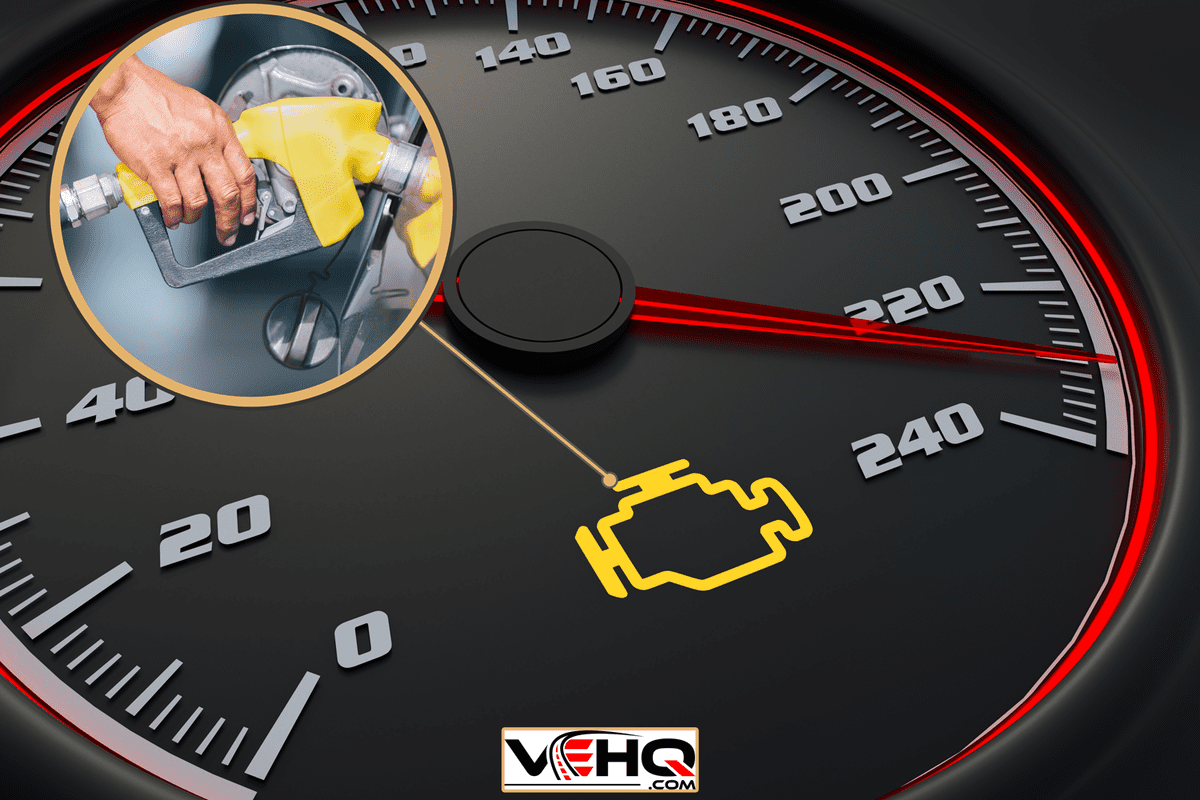

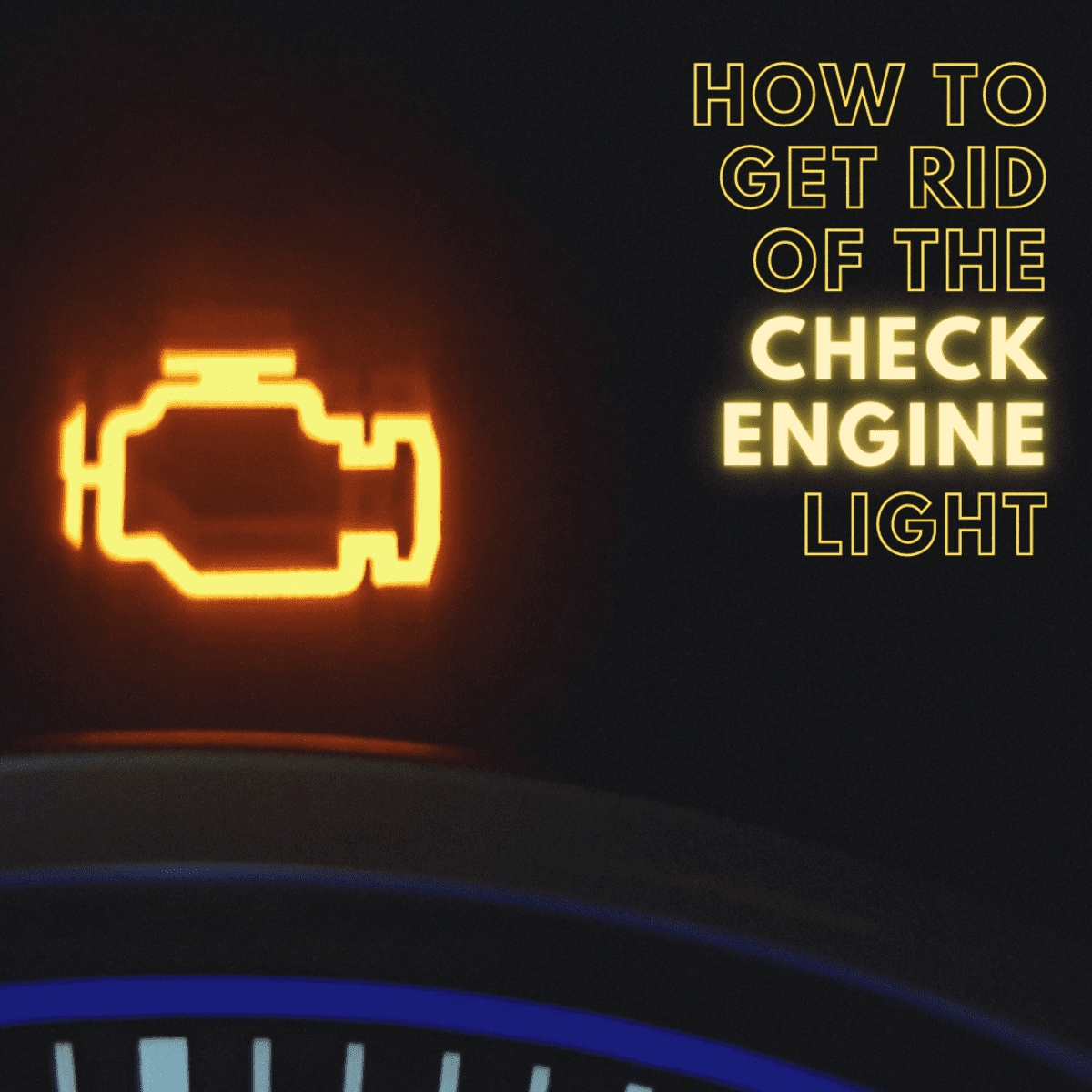

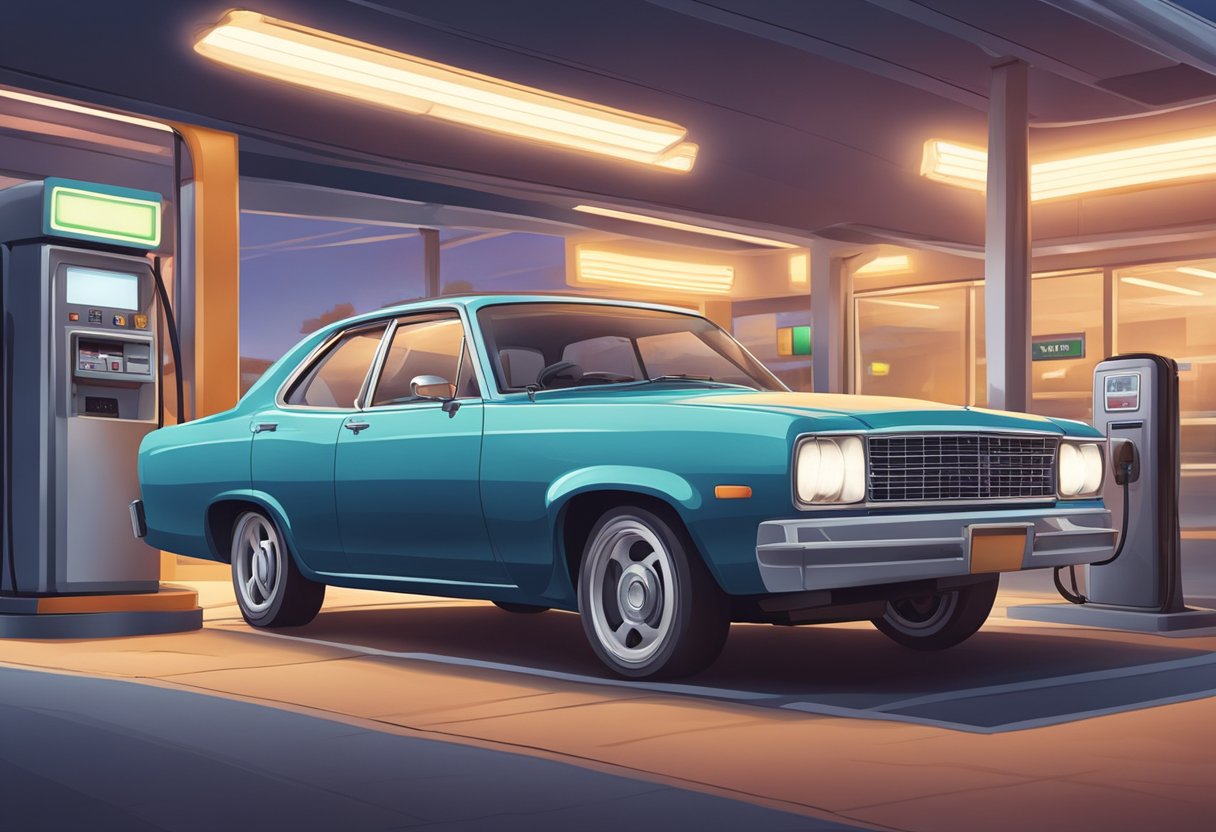
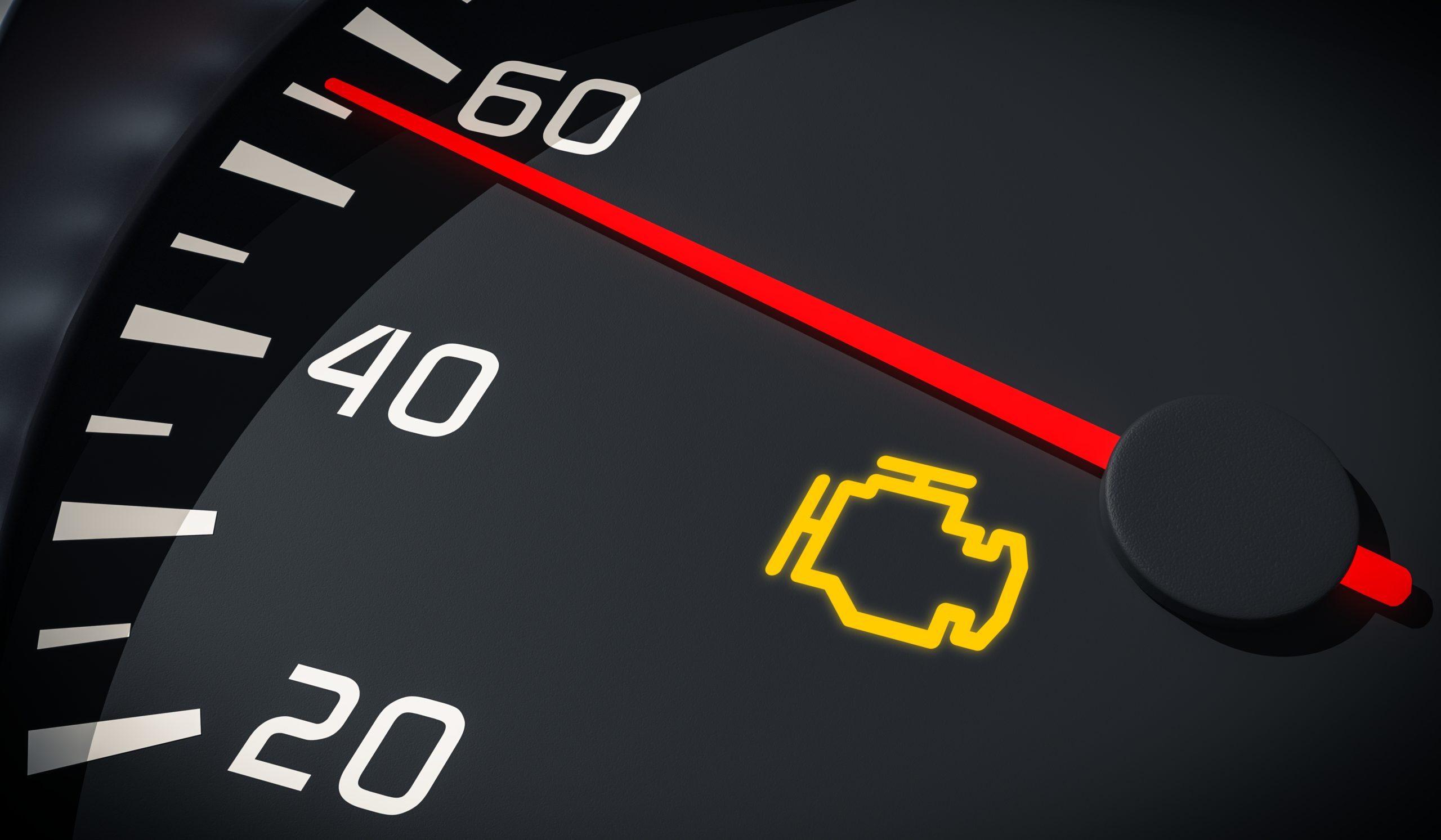
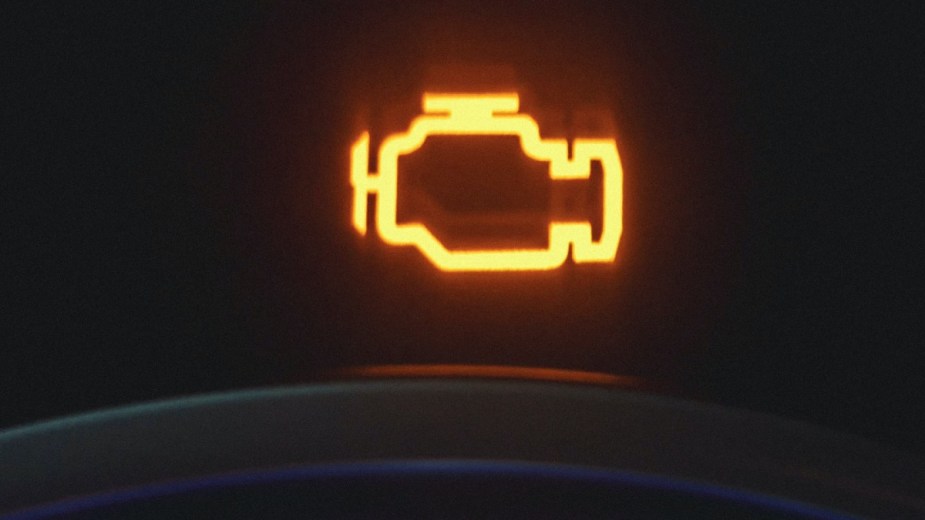


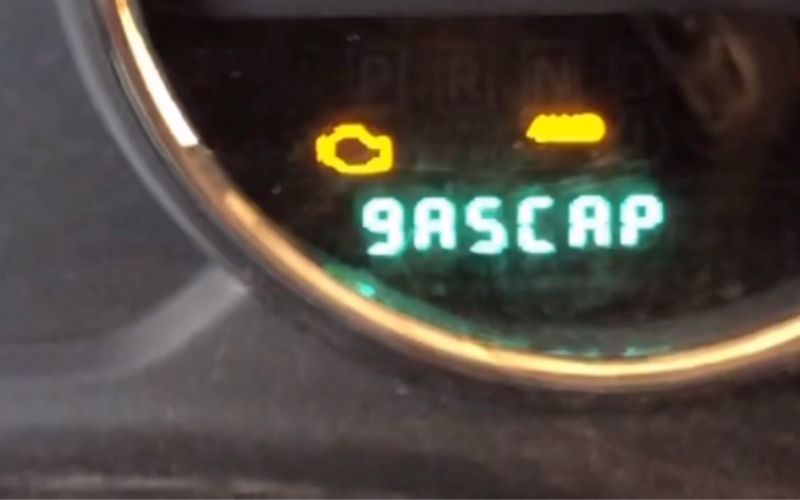

/checkengine-58ffa0c35f9b581d595f9883.jpg)
